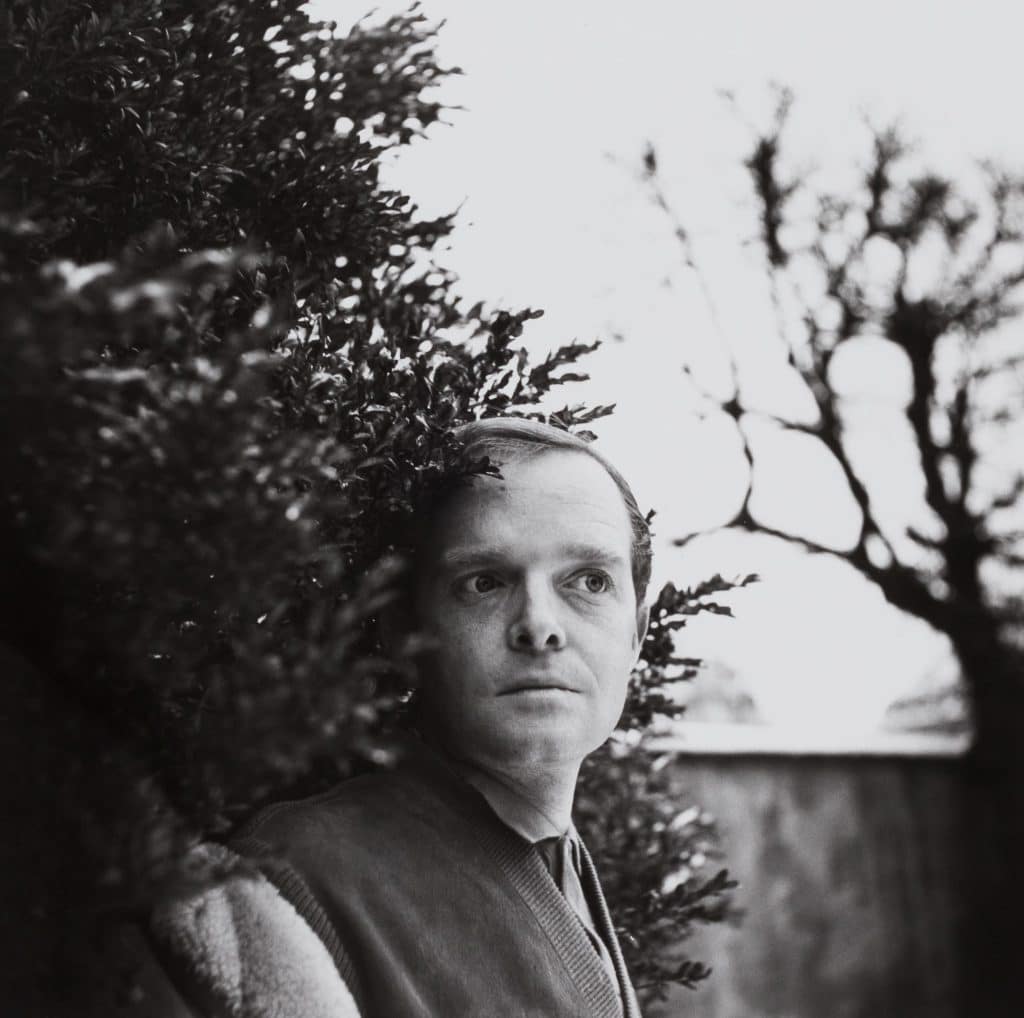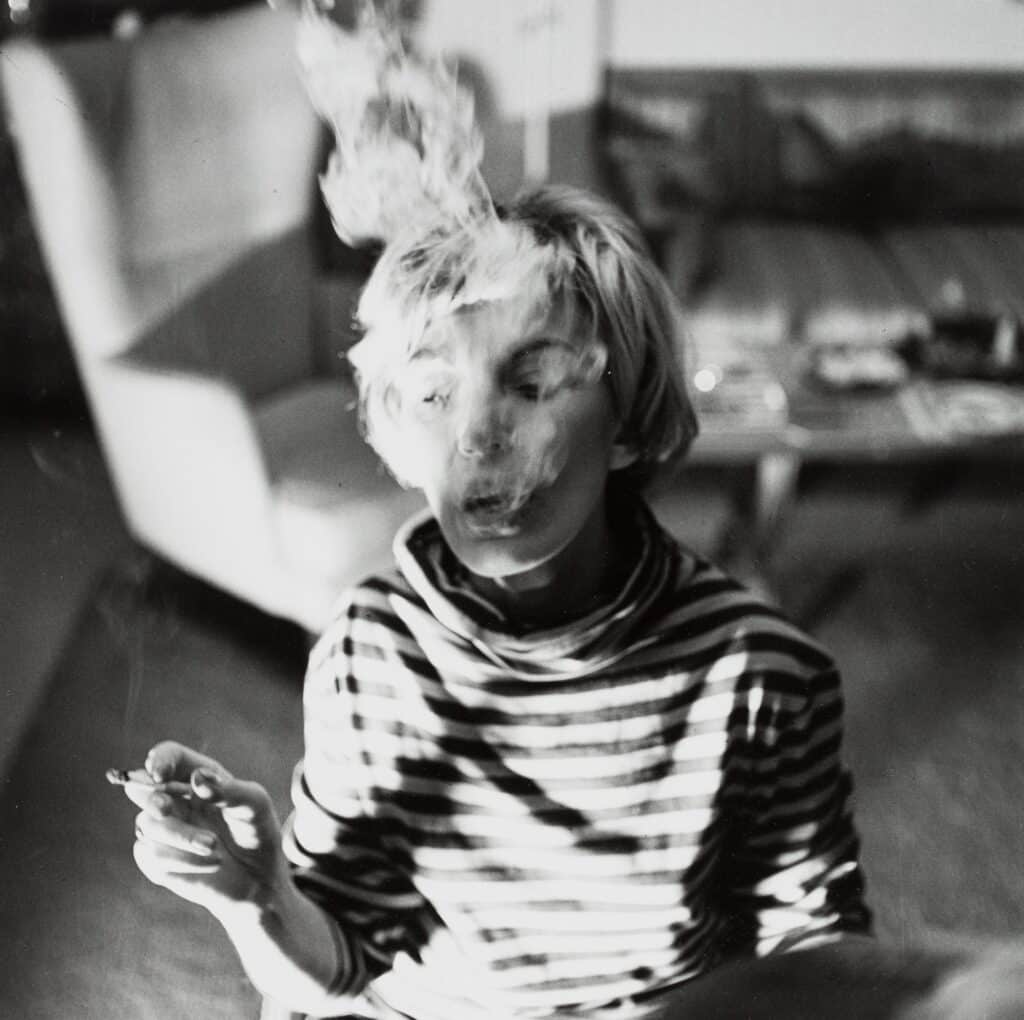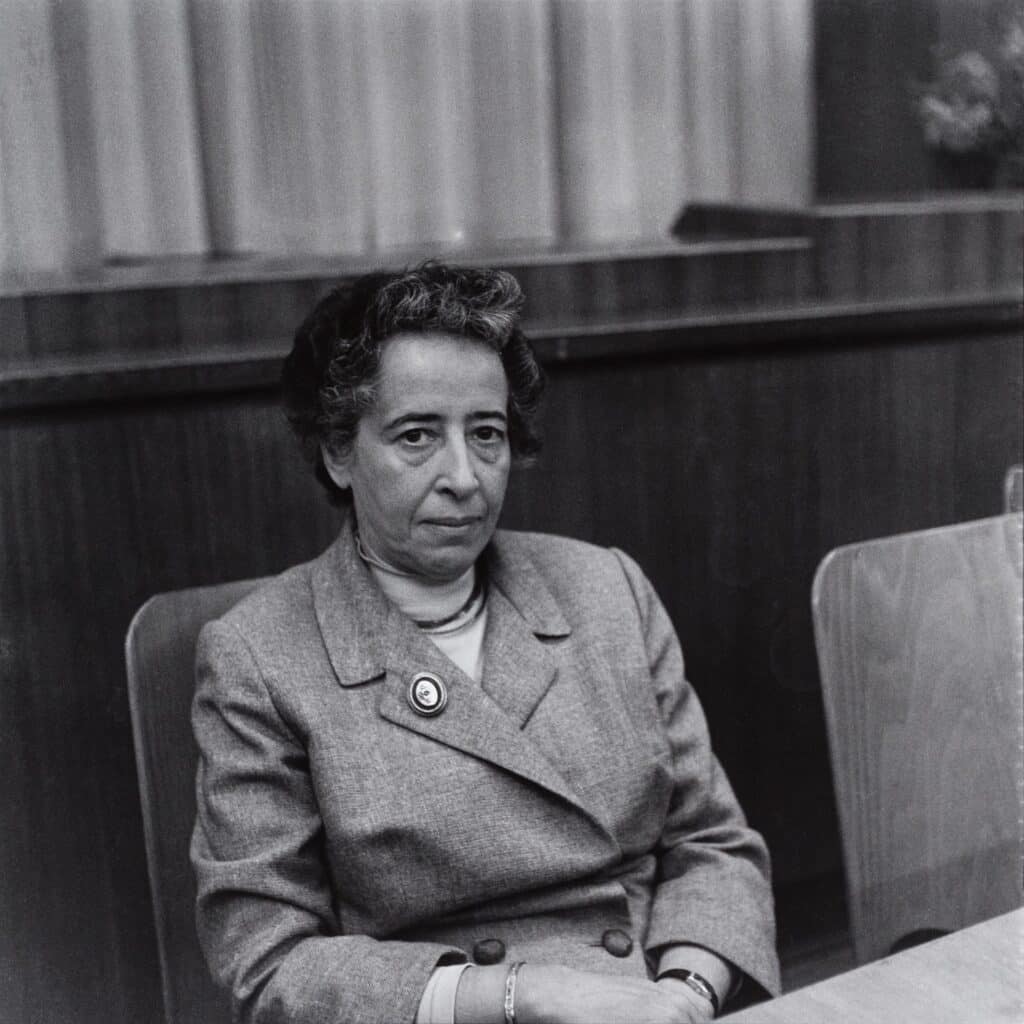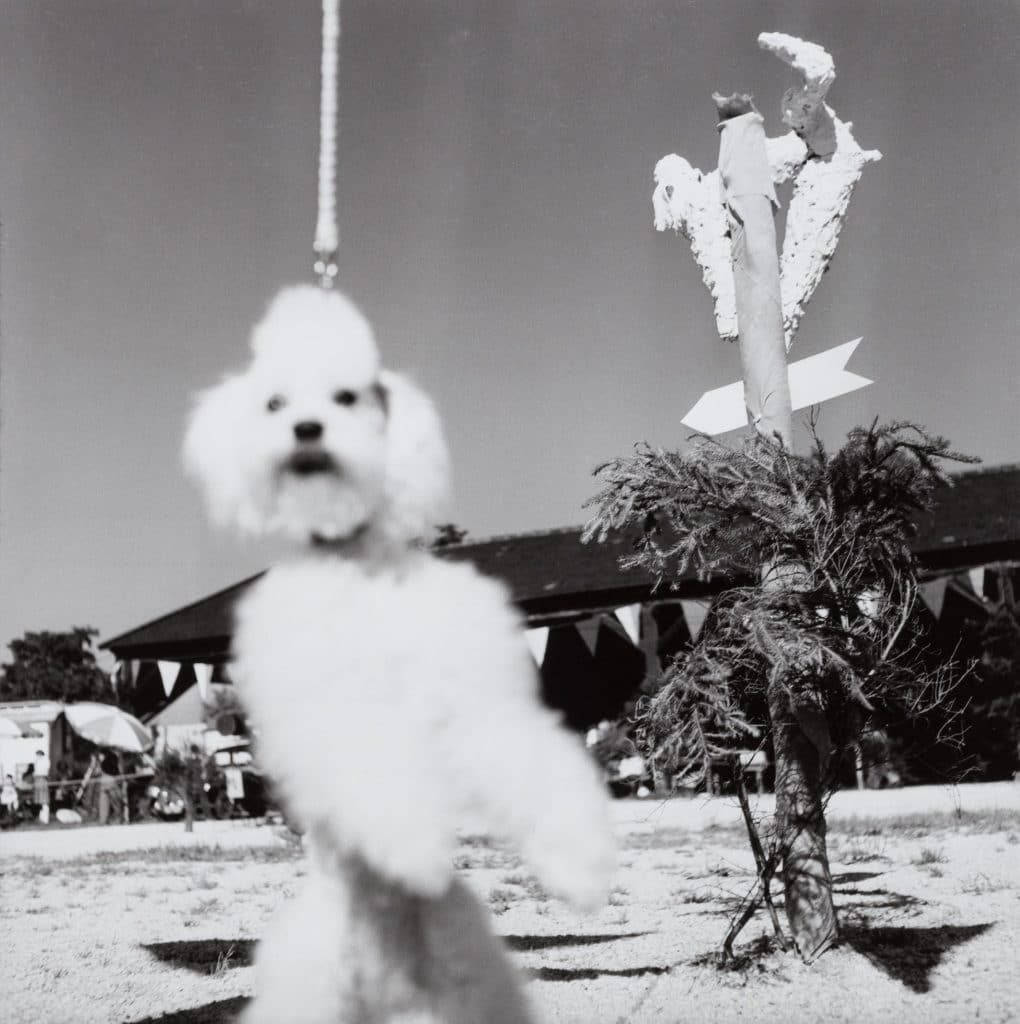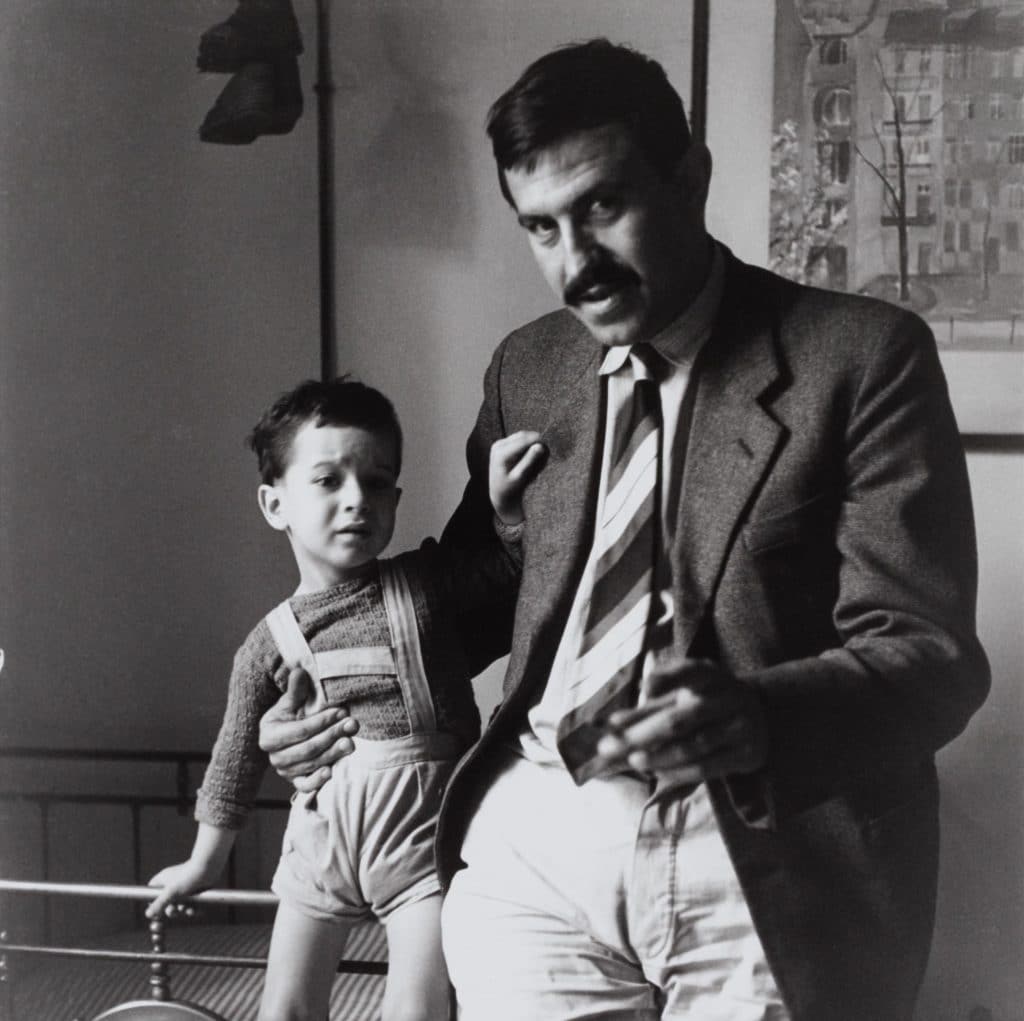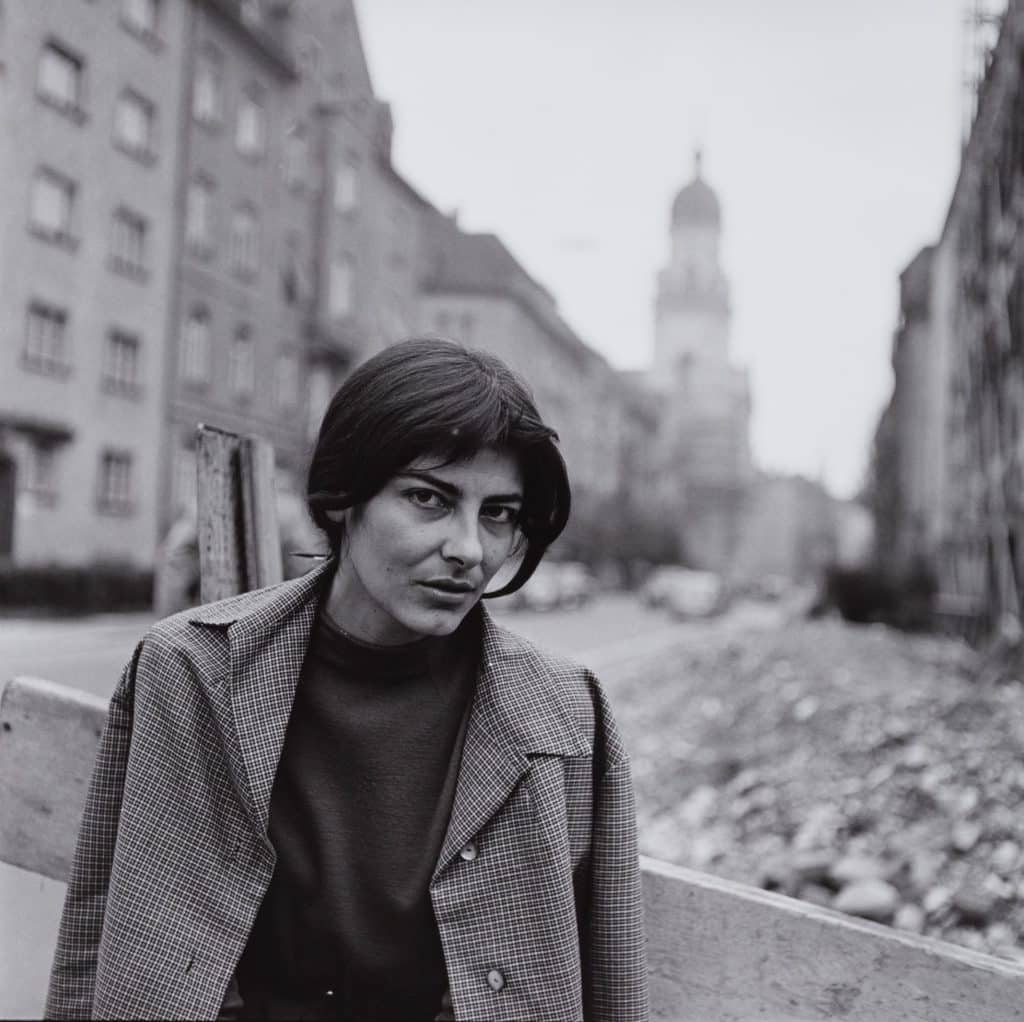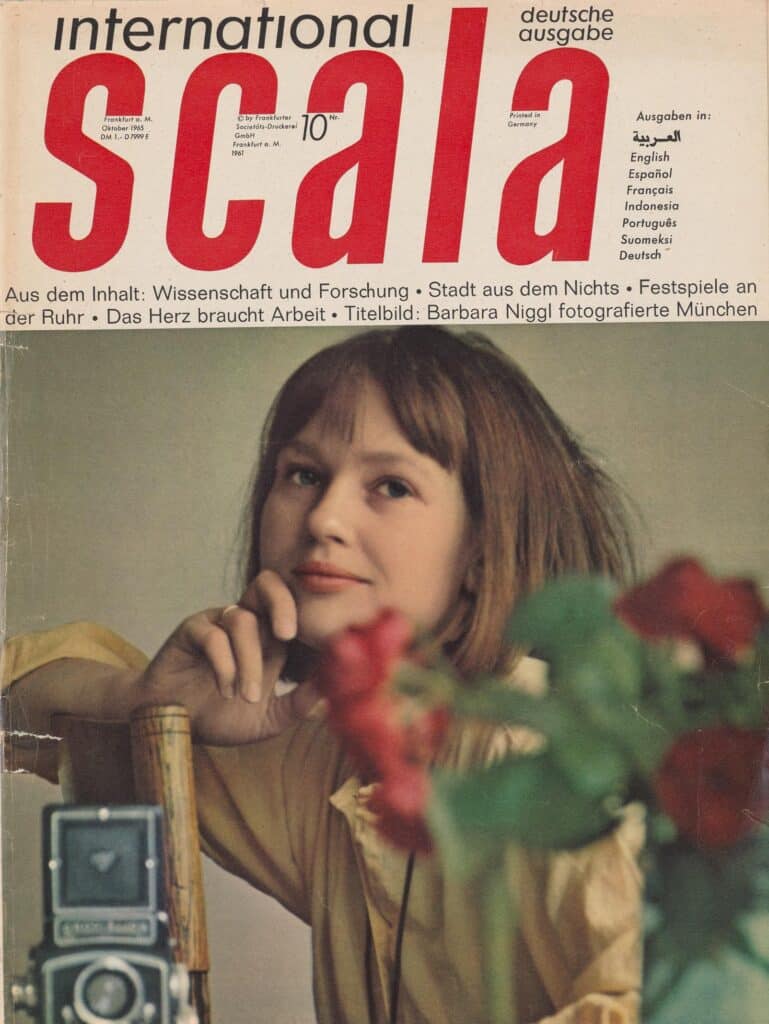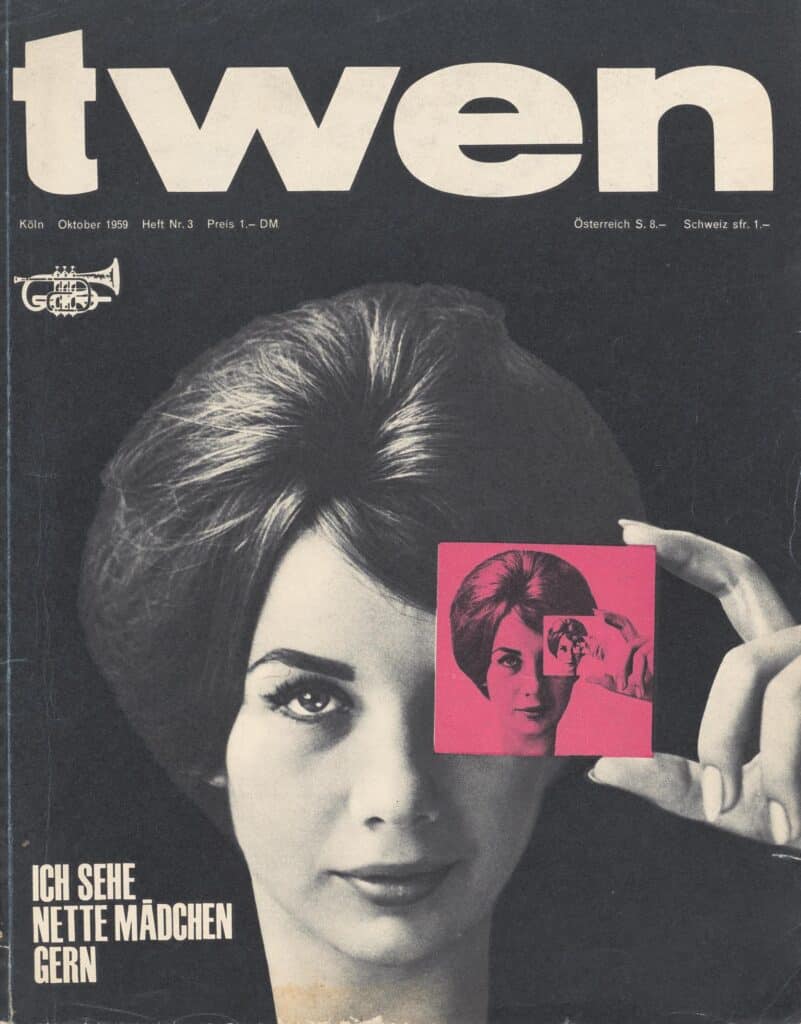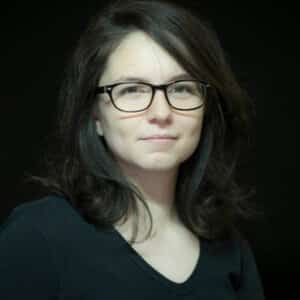In front of Barbara Niggl Radloff’s lens, Hannah Arendt smiles mischievously. The face of the writer Erich Kästner is overtaken by flowers. Actress Lale Andersen pretends to look like Marilyn Monroe in the swirls of smoke from her cigarette. Barbara Niggl Radloff (1936-2010) produced numerous portraits while freeing herself from the conventions of her time. Despite the quality of her work, the Munich photographer has remained in relative obscurity. A book published by Schirmer Mosel intends to remedy this oversight and brings her work back in the spotlight.
Unlike many of her contemporaries, Barbara Niggl Radloff was not self-taught. In 1957, she graduated from one of the most influential schools in post-war Germany, the Institut für Bildjournalismus (institute of photojournalism), where her teachers considered her an “exceptionally gifted student.” She produced work for numerous periodicals, dailies and weeklies, such as the Süddeutsche Zeitung and the Münchner Illustrierte, as well as more lifestyle-oriented publications such as Twen or Scala.
A Glimpse of the Psyche
Her talent allowed her to make a name for herself in the very male-dominated world of photojournalism. “In the 1950s and 1960s, Barbara Niggl Radloff was torn between documentary truth and the creation of subjective images,” writes art historian Maximilian Westphal in the voluminous book. “In search of a visual language that was both personal and adapted to her time, she wanted to document ‘a fundamental human situation par excellence.” In the spirit of the “psychological portrait,’ portraits had to not only provide information about appearance, but also provide insight into an individual’s character and psyche.”
This effort to portray more than just the visual is perceptible in her photojournalism and her fashion photos. Be it in Paris, Moscow or Jerusalem, people were always at the center of her work. But starting in the mid-1970s, after having interrupted her career for a few years to raise her children, Barbara Niggl Radloff devoted herself more specifically to portraiture, and in particular to artist portraits. “Instead of poets’ studies and artists’ studios, which are also present, Niggl Radloff visited her subjects’ living spaces, kitchens, living rooms and bedrooms, or went with them to meaningful outdoor places,” says art historian Ellen Strittmatter. For Maximilian Westphal: “In the photographs of Niggl Radloff, the setting is a more subtle but essential part of the image, which encompasses the person being portrayed and contributes to characterize it.”
Finding the perfect setting
And so, the photographer did not stick to the preconceived notions people had of the personalities she met. Her contact sheets, some of which have been reproduced in the catalogue, highlight her search for the perfect setting. The artists appear standing or seated, alone or with loved ones, in profile or face on, in different rooms or areas of a garden… The retrospective presents a total of some 500 images taken from a collection comprising more than 50,000. These archives were entrusted to the City of Munich by the photographer’s children in 2018, eight years after she passed away. All told, there are almost five decades of work on display in the Bavarian capital.
Vertrauliche Distanz. Fotografien von Barbara Niggl Radloff 1958-2004, book by Barbara Niggl Radloff, published by Schirmer Mosel, 39,80€.

